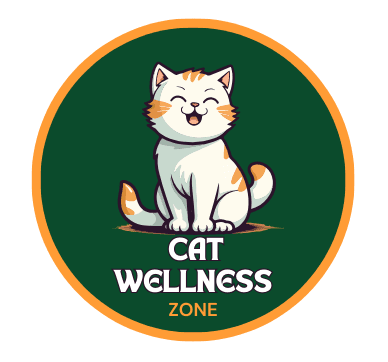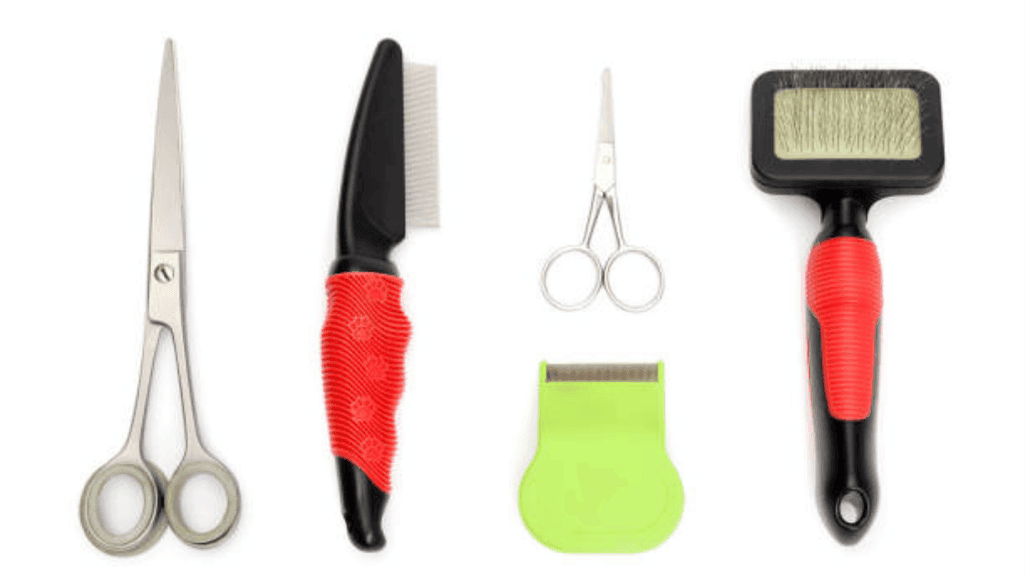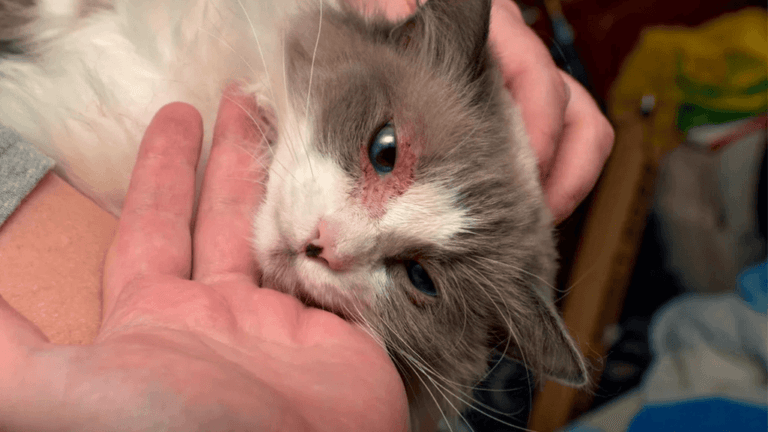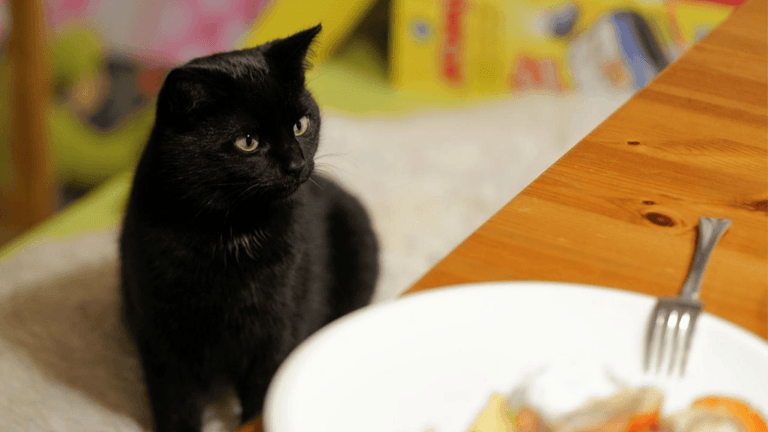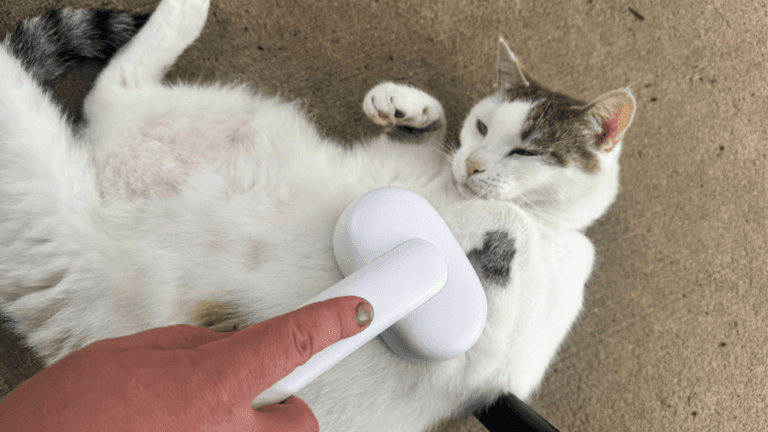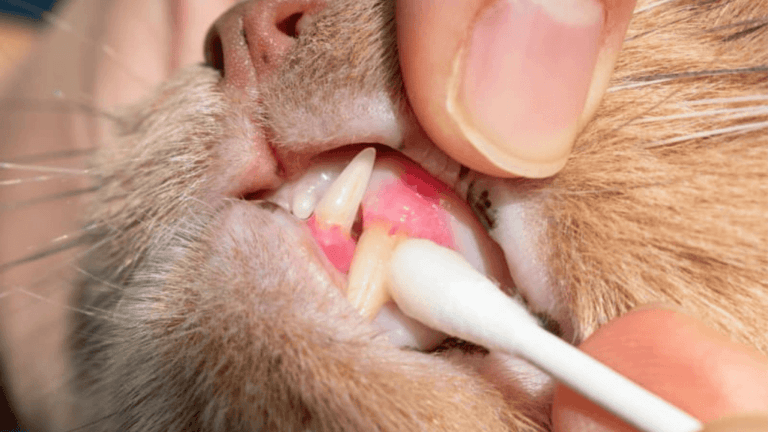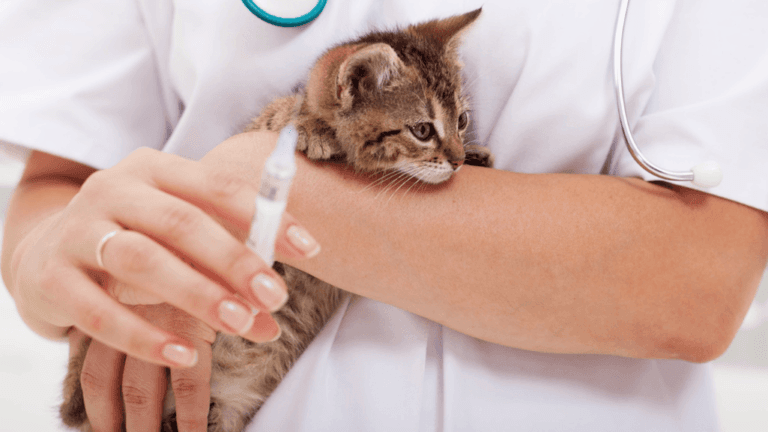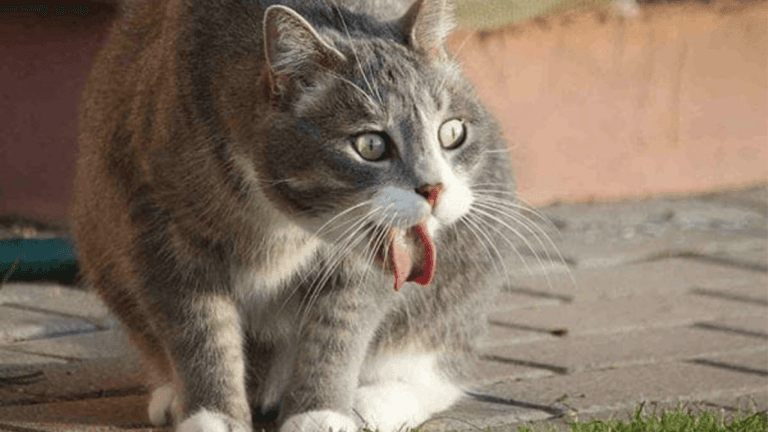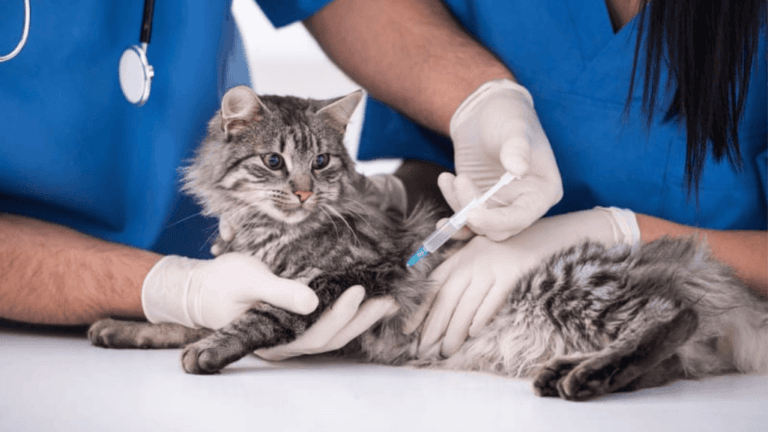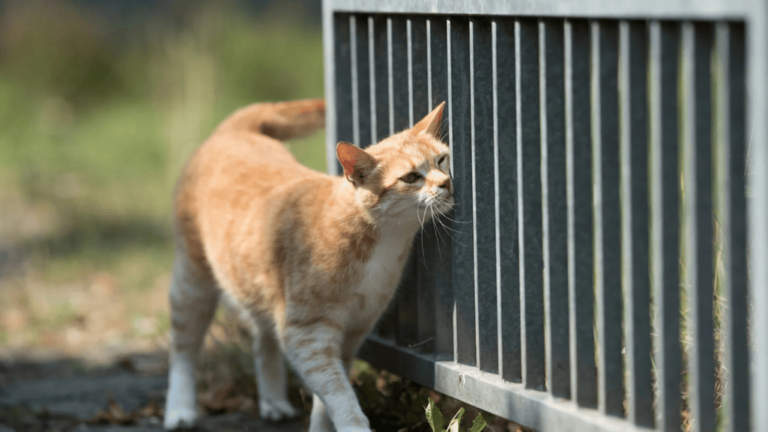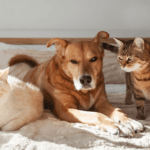Proper grooming is key for cat care. Having the right cat grooming tools keeps your cat healthy and looking great. Regular grooming reduces shedding and prevents matting. It also spreads natural oils for a shiny coat.
Every cat owner needs high-quality grooming supplies. You’ll need slicker brushes for mats, bristle brushes for oils, and combs for tangles. Long-haired cats like Persians need more grooming to keep their coats looking good.
Don’t forget cat nail clippers to prevent overgrowth. Regular trimming keeps nails healthy. Also, use ear cleaners and toothbrushes made for cats to keep them healthy and infection-free.
Choose grooming tools based on your cat’s breed and needs. Some cats may need hypoallergenic products. Learning the right grooming techniques for your cat ensures a good grooming experience.
Key Takeaways
- Regular grooming with the right tools promotes a healthy coat and skin
- Essential cat grooming tools include slicker brushes, combs, nail clippers, and ear cleaners
- Long-haired breeds like Persians require more frequent grooming to prevent matting
- Consider your cat’s individual needs when selecting grooming products
- Proper grooming techniques based on breed and coat type ensure a positive experience
The Importance of Regular Cat Grooming
Regular grooming is key for your cat’s health and happiness. It keeps their skin and coat in top shape. It also cuts down on shedding and hairballs, and makes your bond stronger.
Maintaining Skin and Coat Health
Grooming spreads your cat’s natural oils, making their coat shiny and healthy. Brushing removes dead hair, dirt, and tangles. This keeps their coat clean and prevents skin problems.
“Over 7 years of experience in professional cat grooming has taught me the importance of using the right tools, like the Chris Christensen Buttercombs, to maintain a cat’s skin and coat health.”
Reducing Shedding and Hairballs
Cats shed, but grooming can lessen the hair in your home. Removing dead hair stops hairballs from forming. Hairballs can upset your cat’s stomach, so it’s vital to groom them regularly.
Strengthening the Bond with Your Cat
Grooming is a great way to bond with your cat. They love the attention and it’s calming for both of you. It’s also a chance to check for any health issues.
“Being fully focused during grooming reduces the risk of accidents and allows for complete control of the feline, including the ability to read the cat’s body language.”
Regular grooming keeps your cat’s skin and coat healthy. It also reduces shedding and hairballs. Plus, it strengthens your bond with your cat.
Brushes and Combs for Every Coat Type
Keeping your cat’s coat healthy and groomed is key. Different coat types need specific brushes and combs. A study tested 31 grooming tools on four cats to find the best for each coat type.
The Hartz Groomer’s Best Combo Brush is great for short or long hair. It removes loose fur and spreads skin oils. Dr. Aimee Simpson says regular grooming with the right tools is vital for a healthy coat.
Slicker Brushes for Removing Mats and Tangles
Slicker brushes, like the Safari Self-Cleaning Slicker Brush for Cats, are loved by many cats. They remove loose fur from the outer layer. The Hertzko Self-Cleaning Slicker Brush is also great, working for both long- and short-haired cats, and has a self-cleaning button.
Bristle Brushes for Distributing Natural Oils
Bristle brushes, like the Mars Boar Bristle Cat Hair Brush, are for weekly care. They have soft bristles for all ages. These brushes spread natural oils for a healthy, shiny coat.
Pin Brushes for Long-Haired Cats
Pin brushes are a must for long-haired cats to prevent mats. The GoPets Professional Double-Sided Pin & Bristle Brush is perfect. It has pins and bristles for detangling and softening fur.
Grooming Gloves for Sensitive Cats
Some cats don’t like traditional grooming tools. Cat grooming gloves or mitts are a gentle option. The Furbliss Brush is made of soft silicone. It’s good for wet or dry fur and feels soothing while de-shedding.
“Developing a routine of brushing once or twice a week can reduce the amount of cat hair found throughout the home.”
Regular brushing is important. Deshedding tools like the Andis Pet Deshedding Tool and the FURminator Undercoat deShedding Tool are also key. Use them monthly to every other month to remove undercoat hair in all cats.
Cat Grooming Tools for Nail Care
Keeping your cat’s nails in check is vital for their health. Long claws can be painful and even harm your furniture. The right grooming tools can help keep your cat’s nails neat and healthy.
Choosing the right tools for cat claw care is important. Cat nail clippers are made for safely cutting feline claws. They have a curved blade for the right angle and a safety guard to avoid cutting too much.
Cat Nail Clippers for Safe Trimming
Start introducing nail trimming slowly to your cat. Handle their paws gently and reward them with treats. Use clippers to cut the nail tip, avoiding the quick. If unsure, ask a vet or groomer for help.
Nail Grinders for Smooth Edges
Consider a nail grinder for a smoother finish. Grinders file down sharp claw edges, great for indoor cats. Be patient and take breaks to keep your cat calm.
Regular nail care is good for your cat’s health and your bond. It’s a chance to check for any paw problems. By making nail care part of grooming, you help your cat’s well-being and strengthen your relationship.
Bathing Essentials for Cats
Cats are known for their self-grooming skills. But sometimes, they might need a little extra help. Having the right cat bathing supplies can make things easier.
When bathing your cat, use a shampoo and conditioner made for cats. Human shampoos can be too harsh and irritate their skin. Look for a gentle, natural cat shampoo that cleans without stripping oils. A good cat conditioner keeps fur soft and prevents tangles.
Cat grooming wipes are great for quick clean-ups. They’re perfect for spot cleaning and freshening up your cat’s coat. They’re also good for cats who don’t like full baths.
“Specific cat shampoos are incorporated for bathing sessions to ensure a comfortable and pleasant experience for the cats.” – The Whole Cat and Kaboodle
Introduce your cat to bathing slowly and positively. Use warm water and a non-slip mat for their safety. Rinse well to avoid skin irritation and gently dry their fur.
Not all cats need regular baths, but some might. If your cat gets messy or smells bad, a bath can help. Use the right supplies to keep them clean and healthy.
Dental Care Tools for Cats
Don’t forget about your cat’s dental health! It’s key for their overall well-being. Cats are prone to gingivitis and periodontitis. These can cause bad breath, inflamed gums, and even tooth loss.
Use cat dental care tools like toothbrushes, toothpaste, and wipes. Brushing daily is best, but three times a week is good too. Add dental treats and vet cleanings for the best care.
Cat Toothbrushes and Toothpaste
Choose a soft-bristled toothbrush made for cats or babies. Use enzymatic cat toothpaste, not human toothpaste. It’s safer for them. Try the Oxyfresh Pet Dental Kit ($16) or the Virbac C.E.T. Dual Ended Dog & Cat Toothbrush ($9) with Virbac C.E.T. Enzymatic Dog & Cat Poultry Flavor Toothpaste ($11).
Dental Wipes for Easy Cleaning
If brushing is hard, try dental wipes. They clean plaque and tartar from teeth and gums. Use the Well & Good Cat Dental Wipes ($11) for easy cleaning.
Brushing your cat’s teeth daily is recommended by veterinarians, but aiming for three times a week along with supplementing with dental treats and professional cleanings at the vet’s office can significantly benefit your cat’s health.
Regular vet visits are key for your cat’s dental health. Using dental care tools in your grooming routine helps prevent problems. This keeps your cat happy and healthy for years.
Grooming Tools for Ear and Eye Care
Keeping your cat healthy and happy means not forgetting about ear and eye care. Regular grooming can stop infections, discomfort, and ugly tear stains. Luckily, there are specialized cat grooming tools for these areas.
Ear Cleaners for Preventing Infections
Cat ear cleaners are key for ear health. They remove dirt, debris, and wax that can cause infections. Choose a vet-recommended product made just for cats.
“Regular ear cleaning is vital for preventing infections and keeping your cat comfortable. Always use a product designed for cats and be gentle when cleaning their ears.”
To clean your cat’s ears, put a small amount of solution on a soft cotton ball. Gently wipe the outer ear. Don’t put anything in the ear canal to avoid injury or pushing debris deeper.
Eye Wipes for Removing Tear Stains
Cat eye wipes are great for keeping eyes clean and tear stains away. These soft, pre-moistened wipes remove debris and stains gently. They help prevent irritation and infection.
When using eye wipes, wipe from the inner corner of the eye outward. Use a fresh part of the wipe for each eye. This stops bacteria or debris from spreading between eyes. Regular use of these wipes keeps your cat’s face clean and bright.
Remember, if you see persistent eye or ear issues, like too much discharge, redness, or smell, see your vet. Regular vet visits can catch health problems early.
Specialty Cat Grooming Tools
Regular brushing and combing are key for your cat’s coat. But, some cats need extra tools for specific needs. Specialty cat grooming tools can greatly improve your cat’s look and feel.
Deshedding Tools for Heavy Shedders
For cats that shed a lot, a Furminator can be a big help. These tools gently remove loose hair, cutting down on fur around the house. Deshedding tools cost between $15 and $30, which is a small price for your cat’s grooming.
Mat Breakers for Removing Stubborn Tangles
Long-haired cats often get mats and tangles. These can be painful and cause skin irritation. Cat mat breakers are made to cut through mats without hurting your cat’s skin. Melissa Hall, a certified feline master groomer, suggests using tools like the Chris Christensen Buttercombs for their effectiveness.
“Efficiency and speed are key in cat grooming to reduce stress and increase profit.” – Melissa Hall
Flea Combs for Parasite Control
Flea combs are vital for cat owners, more so in warmer months when fleas are common. These combs have close teeth to remove fleas, eggs, and dirt from your cat’s coat. Using a flea comb regularly can control and prevent fleas without chemicals. Flea combs cost between $5 to $10, making them a budget-friendly grooming tool.
When using these tools, be gentle and patient. If you notice any skin or health issues, talk to your vet before trying new grooming products. Adding these tools to your grooming routine can keep your cat healthy, comfortable, and looking great. Some cat breeds may need more grooming, so research their needs and adjust your routine.
Conclusion
Keeping your cat groomed is key to their health and happiness. Use the right tools and follow grooming tips to keep their coat shiny and healthy. A good grooming kit should have brushes for different coat types and grooming gloves for sensitive skin.
Brushing is just part of grooming. You also need to care for their nails, teeth, ears, and eyes. Use cat nail clippers and toothbrushes to keep them clean. Ear and eye cleaners prevent infections and remove stains.
Every cat is different, so their grooming needs vary. Short-haired cats need weekly grooming, while long-haired ones may need daily care. Start grooming slowly and use positive rewards to make it a good experience. If you can’t groom your cat safely at home, a professional groomer can help.
